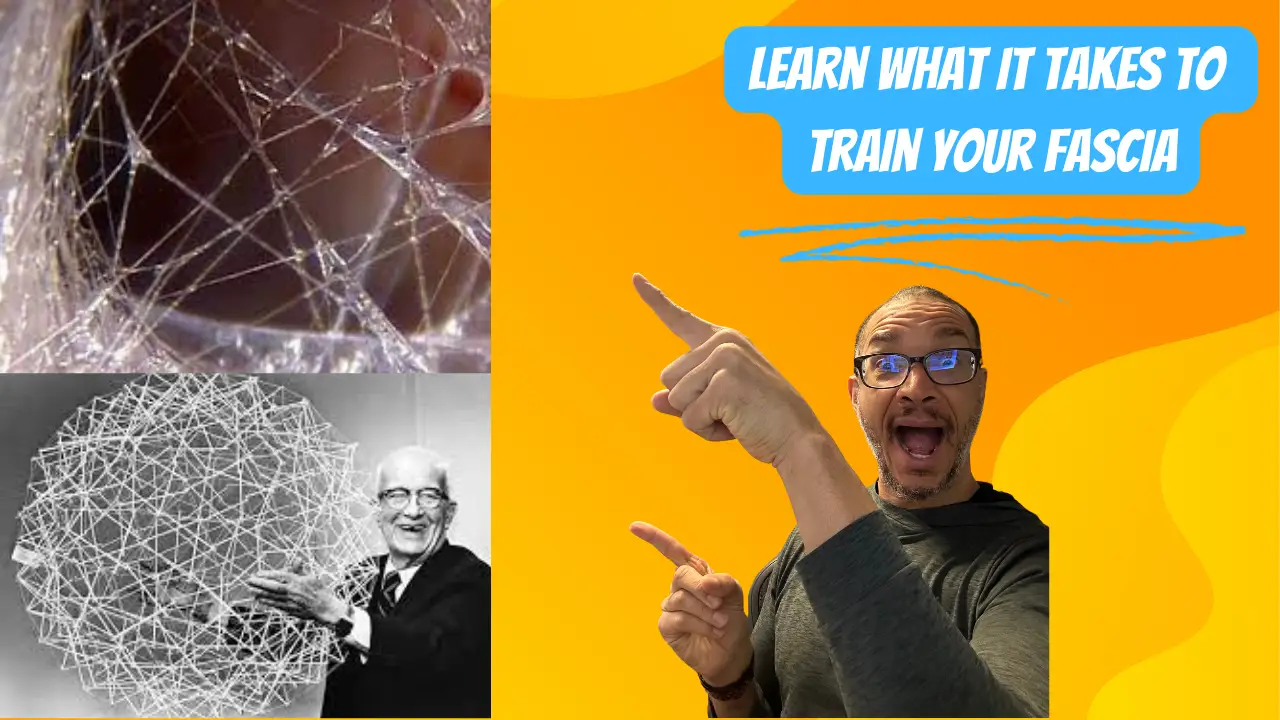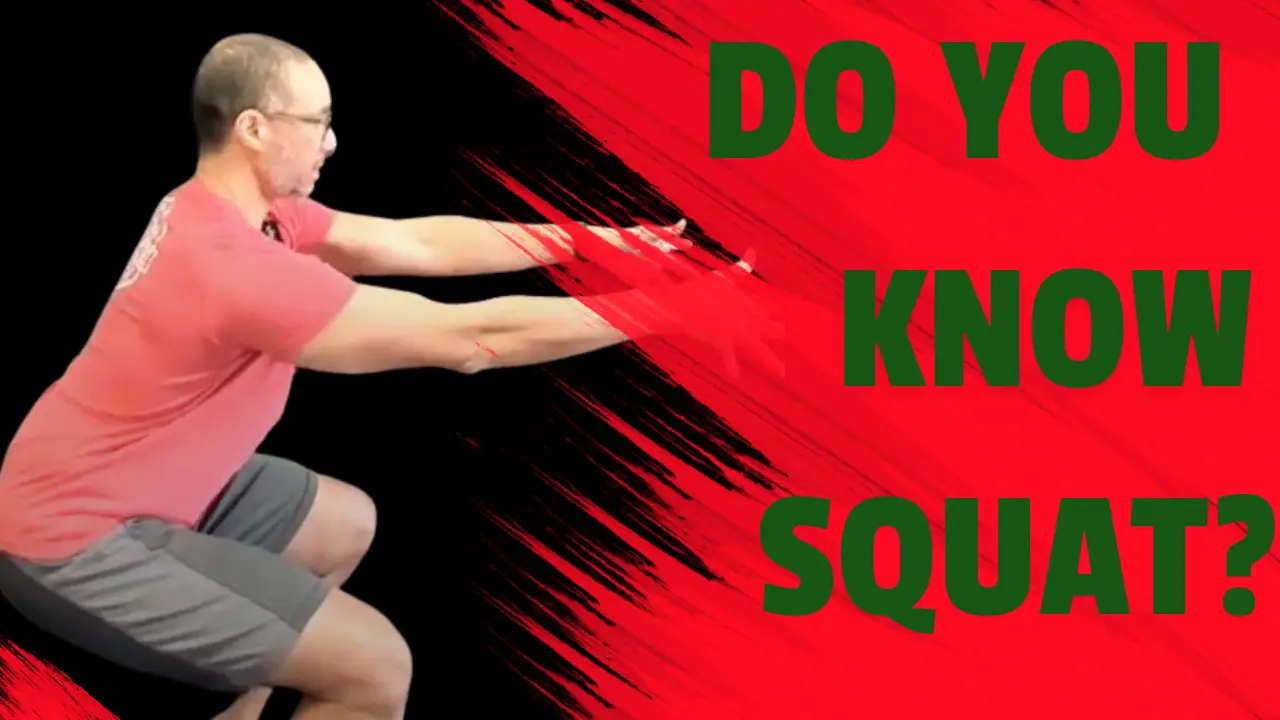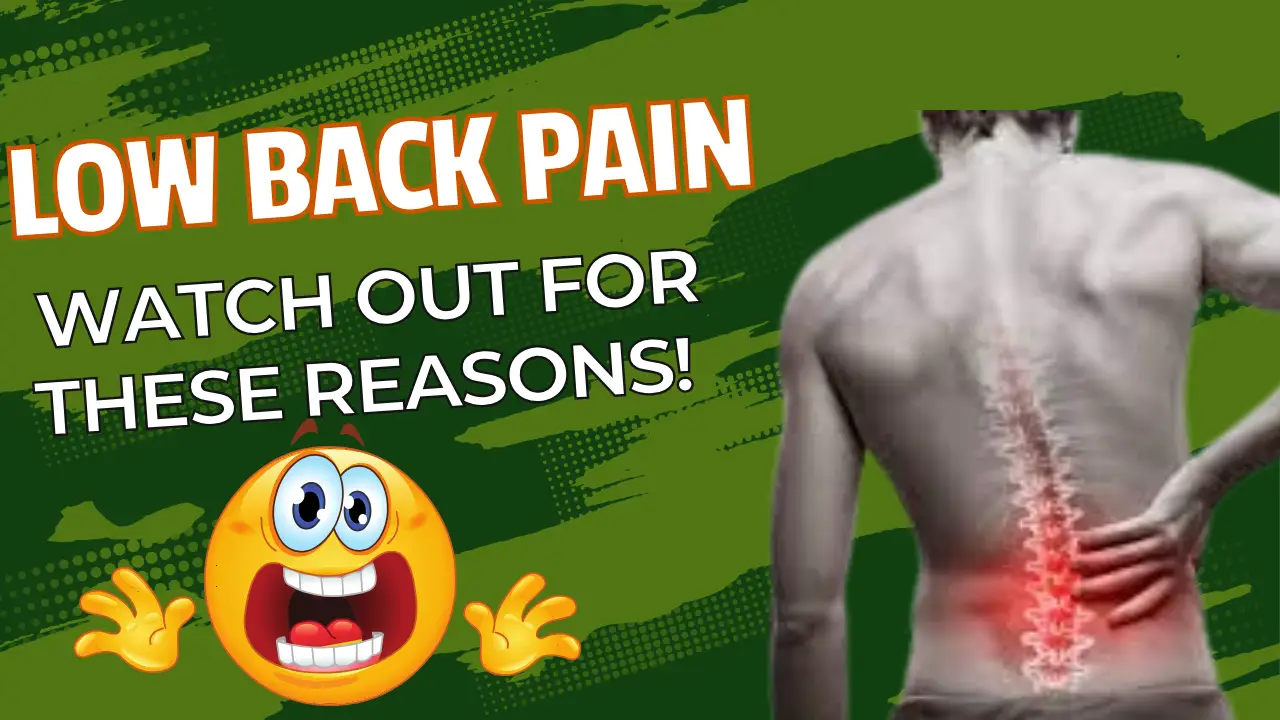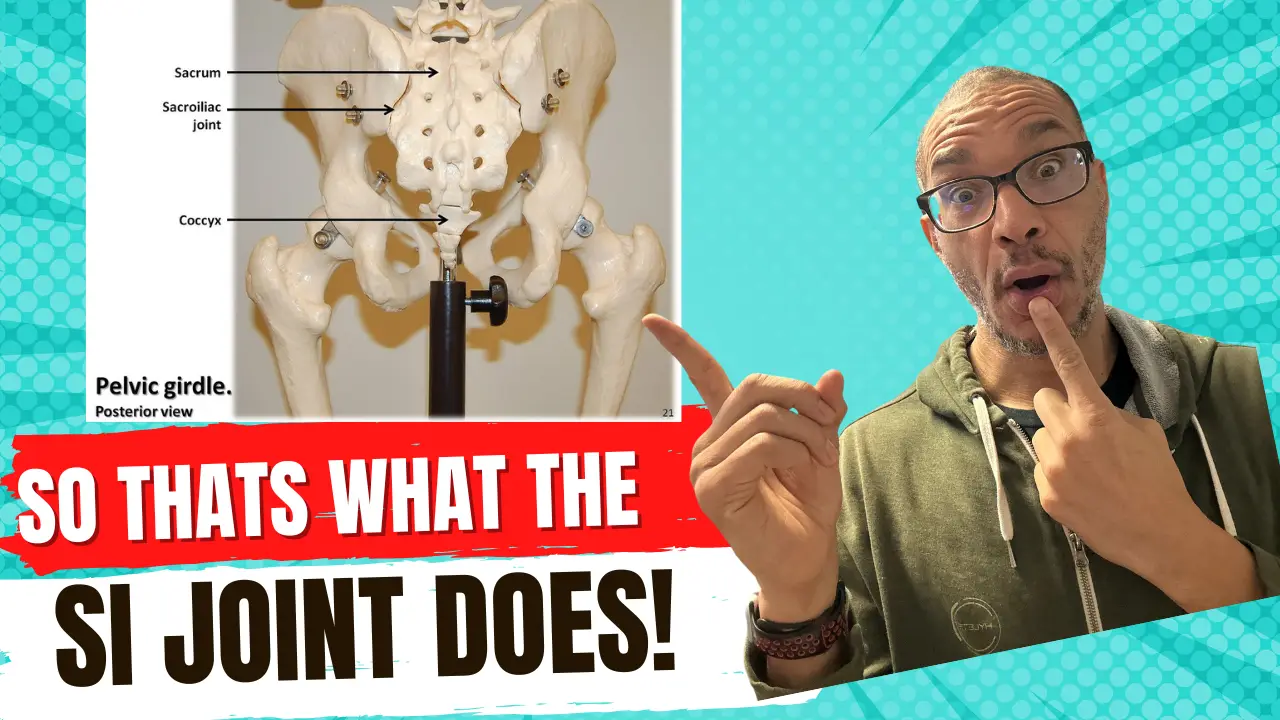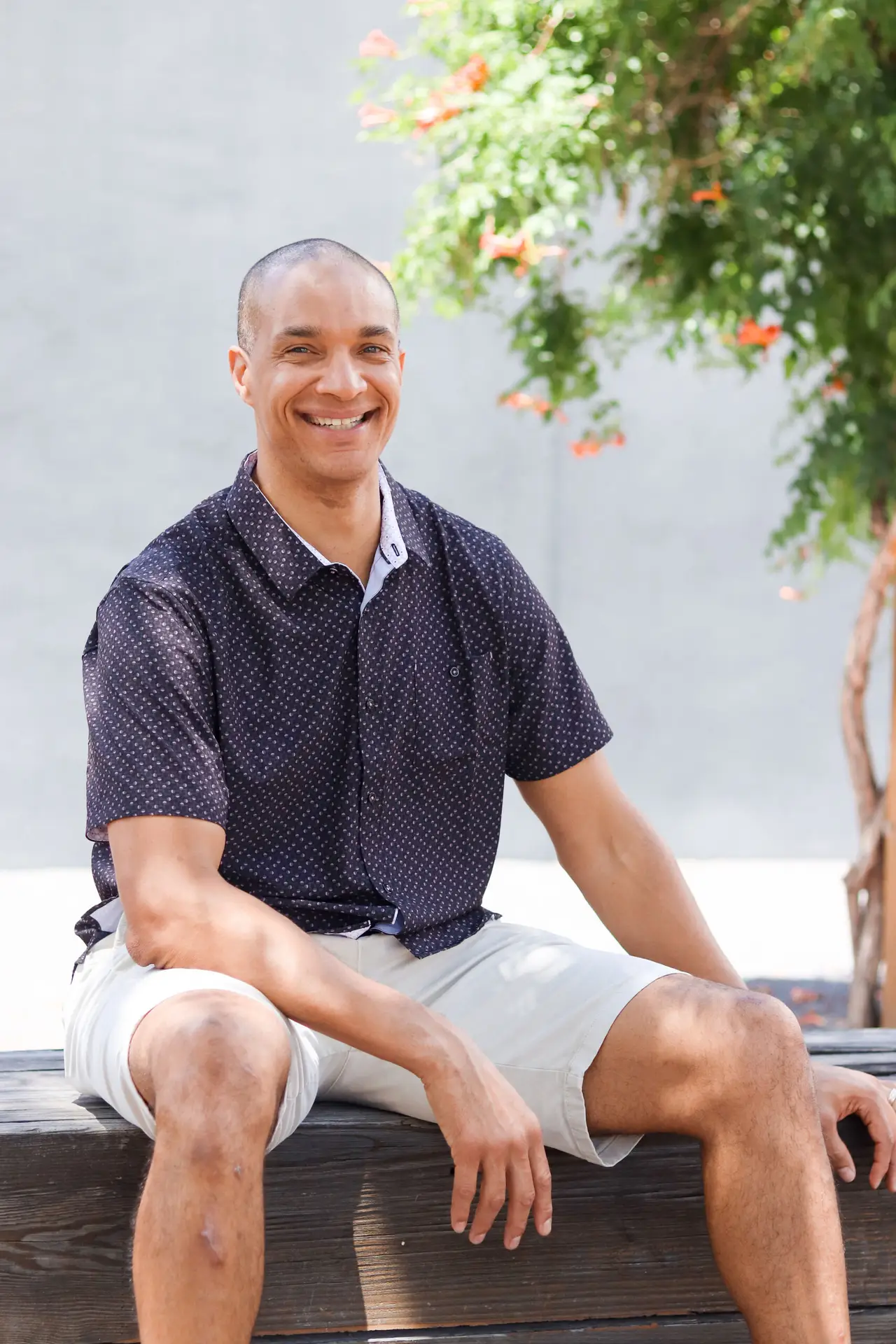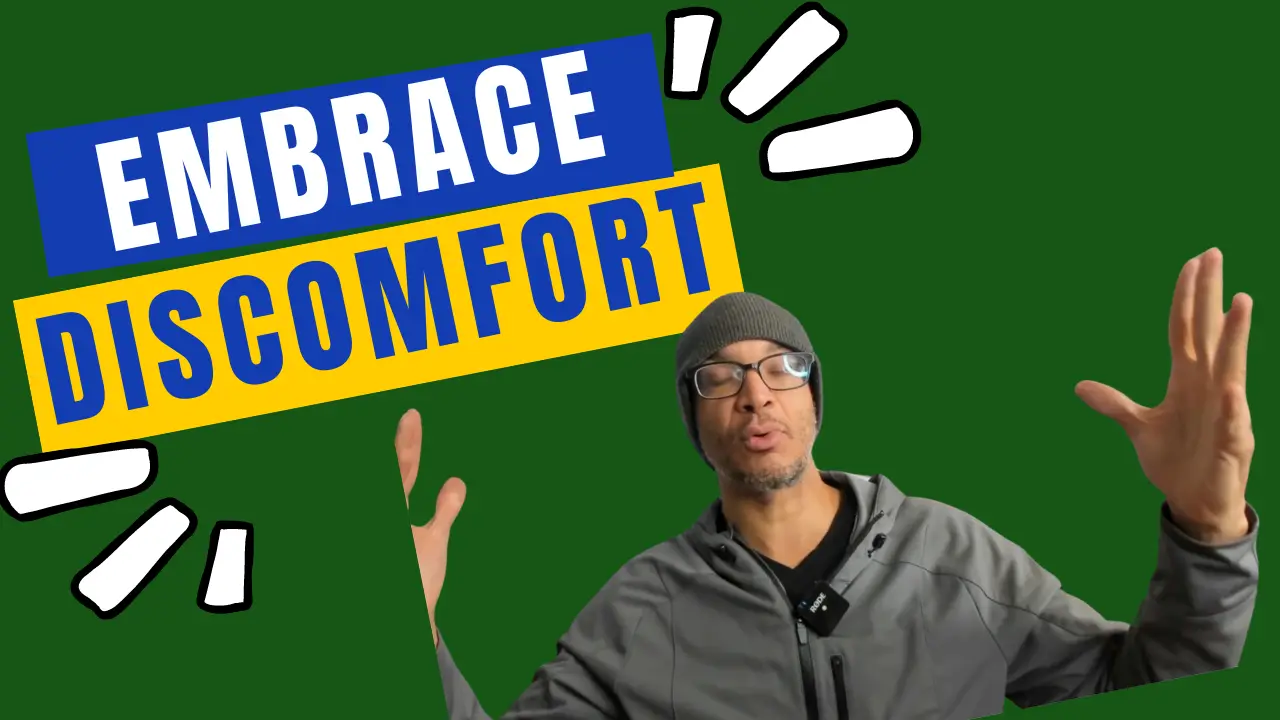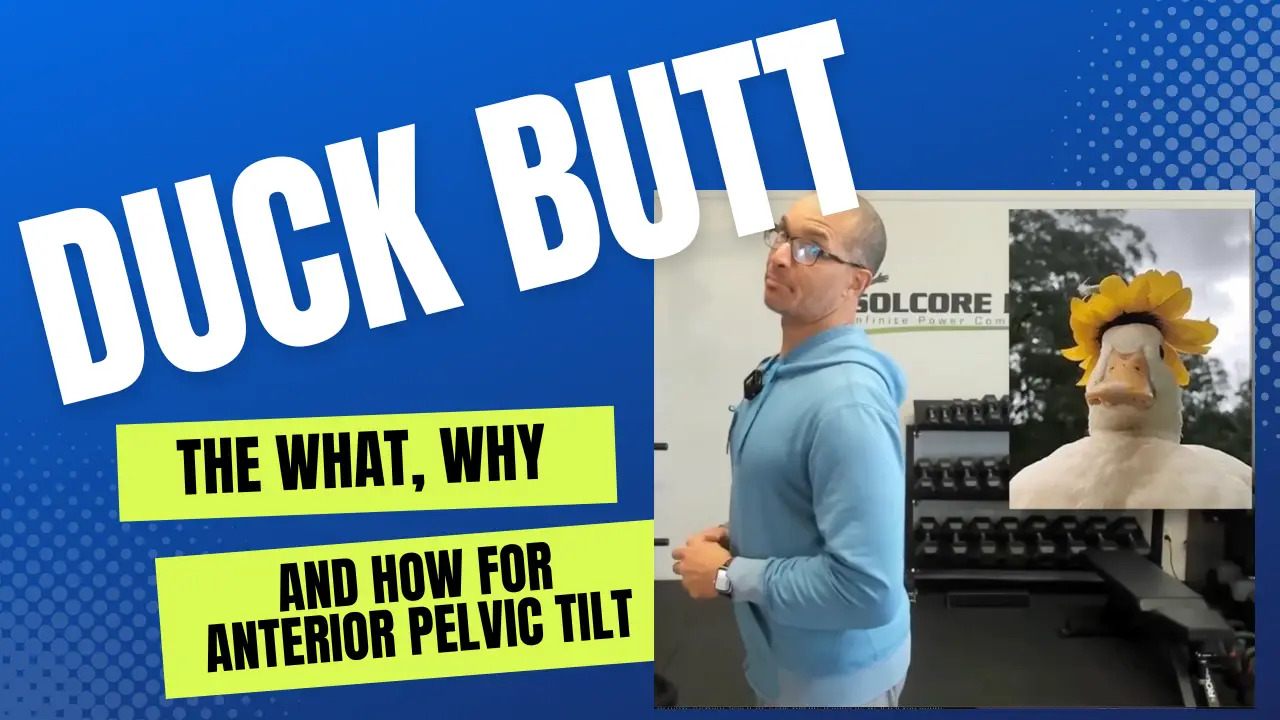Is Hanging For Back Pain A Real And Safe Solution? 🧐
Back pain affects over 550 million people worldwide, and with that kind of number, it’s no surprise people are searching for relief—fast. One of the more popular trends? Hanging from a pull-up bar to decompress the spine. But is this method really helping, or could it be doing more harm than good? Let’s break it

